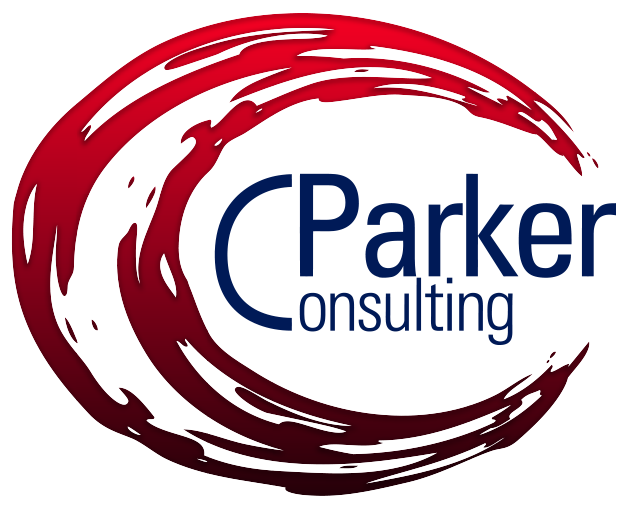Nurturing Success: The Power of Workforce Development
/In the rapidly evolving global landscape, the significance of a skilled and adaptable workforce cannot be overstated. Workforce development stands as a pivotal factor in driving economic growth, innovation, and overall societal progress. As industries and technologies continue to advance, the need to invest in workforce development becomes more critical than ever. In this blog, we'll delve into the concept of workforce development, explore its benefits, and highlight strategies for fostering a skilled and resilient workforce.
Understanding Workforce Development
Workforce development refers to the process of enhancing the skills, knowledge, and abilities of a labor force to meet the demands of current and future job markets. It encompasses various approaches, from formal education and vocational training to on-the-job learning and professional development. The overarching goal of workforce development is to equip individuals with the tools they need to succeed in their careers while simultaneously addressing the evolving needs of industries and economies.
Five Benefits of Workforce Development
1. Economic Growth: A well-trained workforce is a driving force behind economic prosperity. As employees acquire new skills and expertise, they become more productive and innovative, directly contributing to increased productivity and economic growth.
2. Innovation: In a rapidly changing world, innovation is essential for businesses to remain competitive. A skilled workforce is more capable of adapting to emerging technologies, exploring novel solutions, and driving forward groundbreaking ideas.
3. Reduced Unemployment: Effective workforce development initiatives reduce unemployment rates by equipping individuals with relevant skills that align with job market demands. This, in turn, leads to increased employability and reduces dependency on government assistance.
4. Higher Wages: With enhanced skills, employees become more valuable assets to their employers, leading to potential wage increases. This not only improves individual financial well-being but also contributes to a higher standard of living within communities.
5. Social Mobility: Workforce development can act as a catalyst for social mobility, allowing individuals from diverse backgrounds to access better job opportunities and improve their quality of life.
Five Strategies for Successful Workforce Development
1. Collaborative Partnerships: Effective workforce development often requires collaboration between educational institutions, businesses, government agencies, and non-profit organizations. Partnerships can lead to more relevant training programs and a better understanding of industry needs.
2. Lifelong Learning with a Growth Mindset: Encouraging a culture of continuous learning is crucial. Employers can support their employees' professional growth through workshops, webinars, and courses. Individuals can also take the initiative to upskill and reskill independently.
3. Apprenticeships and Internships: Practical experience is invaluable. Apprenticeships and internships provide hands-on training, allowing individuals to gain real-world skills while making meaningful contributions to their chosen fields.
4. Digital Literacy: In today's digital age, digital literacy is non-negotiable. Workforce development initiatives should focus on equipping individuals with essential digital skills to navigate technology-driven workplaces.
5. Flexible Education Models: Recognizing that traditional education might not suit everyone, flexible learning models, such as online courses and micro-credentials, can cater to diverse learning styles and schedules.
Conclusion
In a world where change is constant, workforce development serves as a beacon of hope for individuals seeking meaningful employment and businesses striving for sustainable growth. By investing in education, training, and professional development, societies can empower their workforce to tackle new challenges, drive innovation, and thrive in an ever-evolving landscape. As we move forward, embracing workforce development is not just an option; it's a necessity for shaping a prosperous and progressive future.





